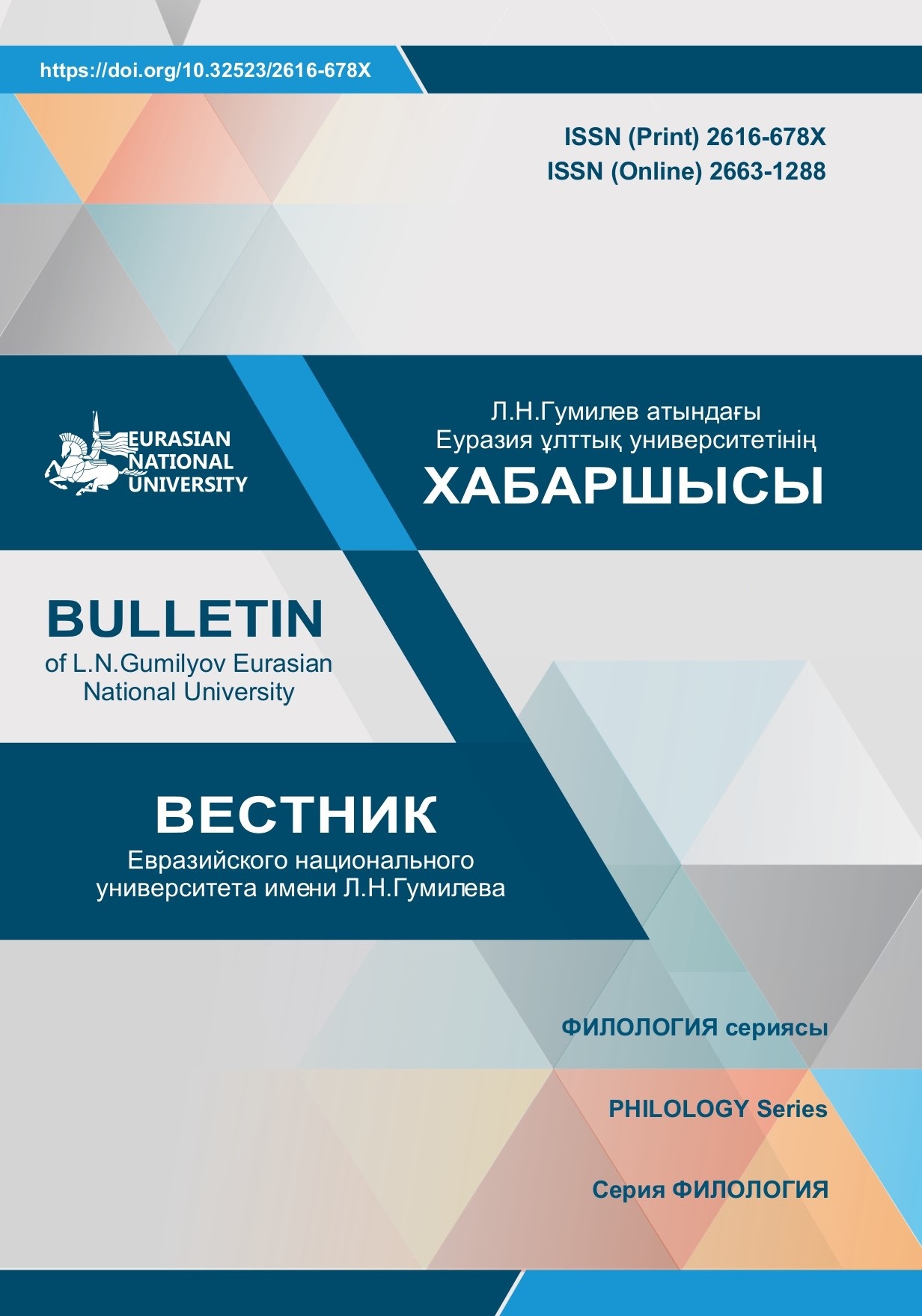Intellectual activity and digitalization - the realities of a new format of higher linguistic education
Views: 175 / PDF downloads: 155
DOI:
https://doi.org/10.32523/2616-678X-2021-135-2-110-119Keywords:
intellectual activity, Bloom taxonomy, taxonomies of creative design, digital technologies, interactive dialogueAbstract
Currently, the goal of higher education in Kazakhstan is to train specialists who can easily apply
their knowledge in new situations, as well as build and generate new knowledge based on them. In this regard,
the article analyzes methods that contribute to the development of intellectual activity of students in the learning
process in the digital age. The article focuses on B. Bloom’s taxonomy methodology for the development of high
thinking skills. It is based on the classification of human abilities in relation to education, so this classification
is the most practical and convenient tool for setting goals and determining learning outcomes. In the era of
digital technologies, the taxonomy of B. Bloom has received a new round of development. There have been
analyzed approaches based on this classification. These are new models that assume interactivity of learning
and its openness to digital technologies. The article defines the most relevant approach for our research and
demonstrates the possibility of its practical application based on the taxonomy of creative design by P. Nilsson.
The course «History of the Russian literary language» shows how students can reproduce, or define, transform,
and interpret information, analyze, synthesize, and evaluate material, and create their own intellectual products
through interactive dialogue







